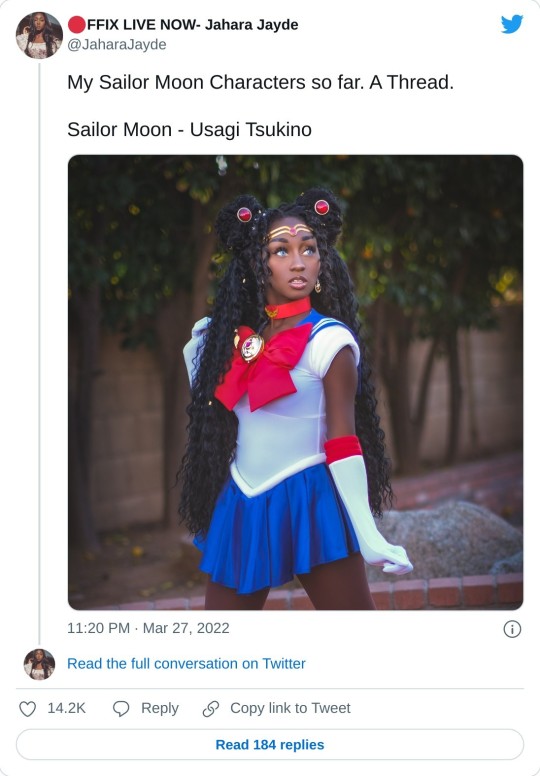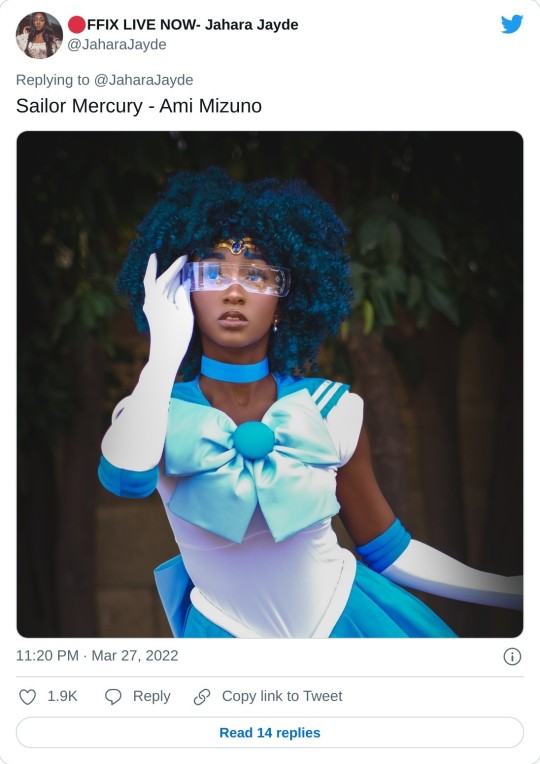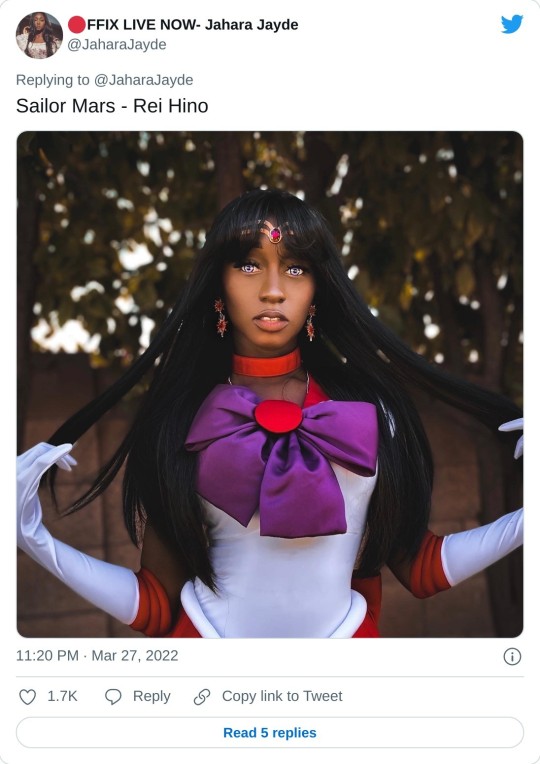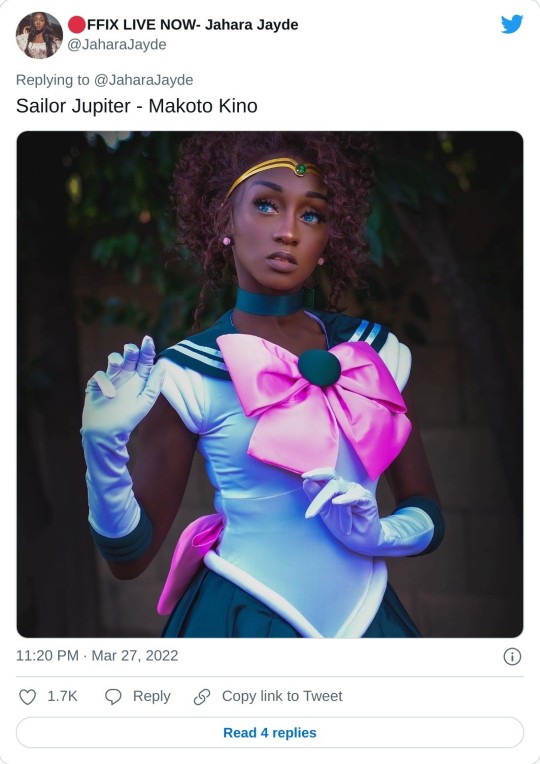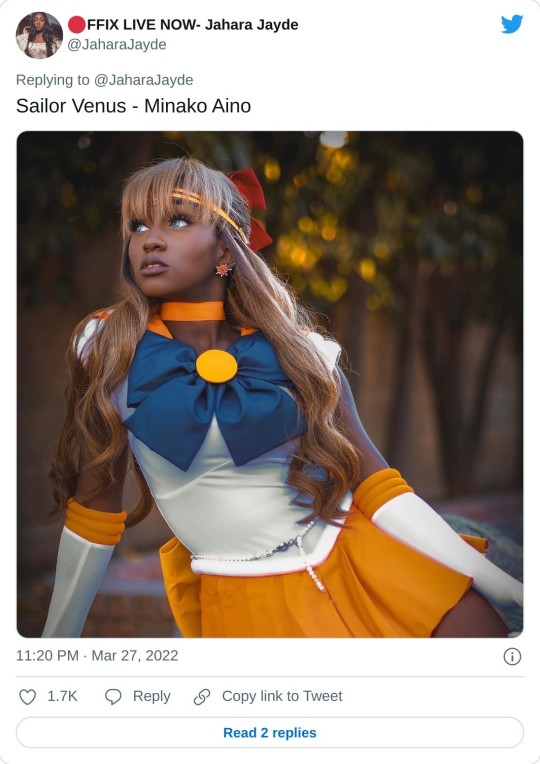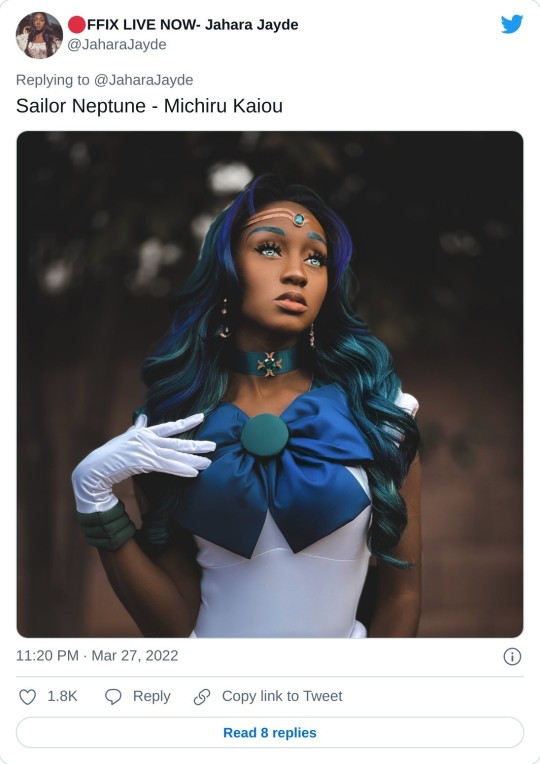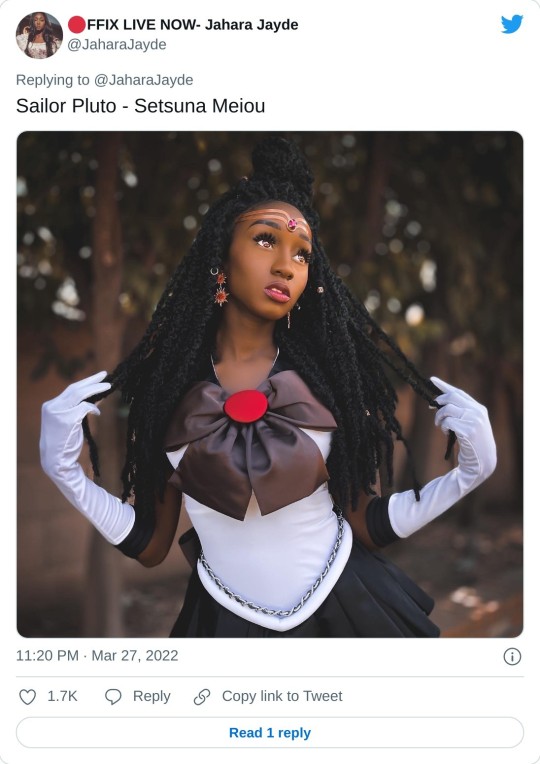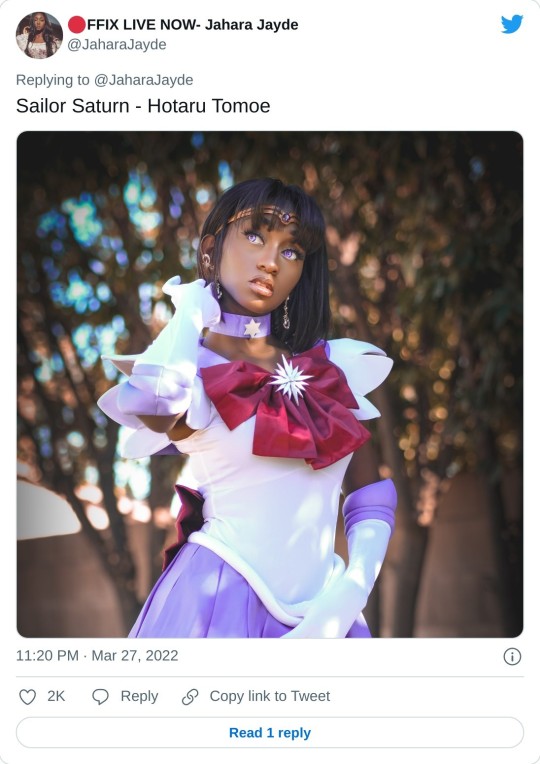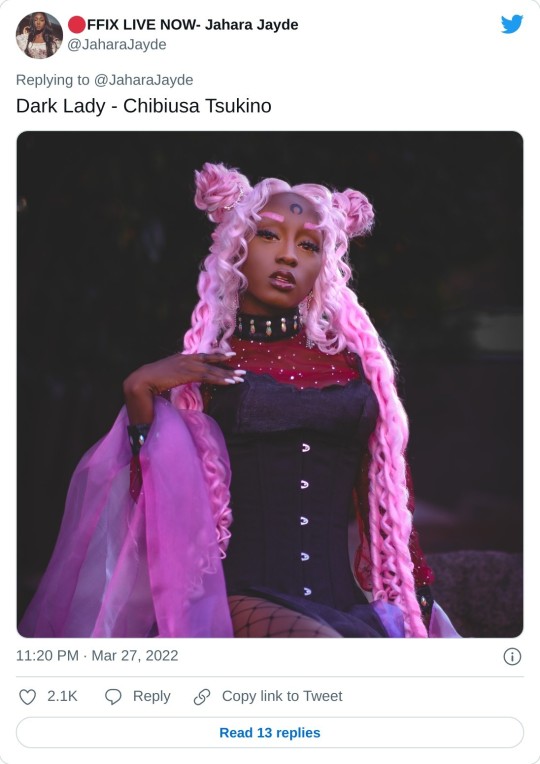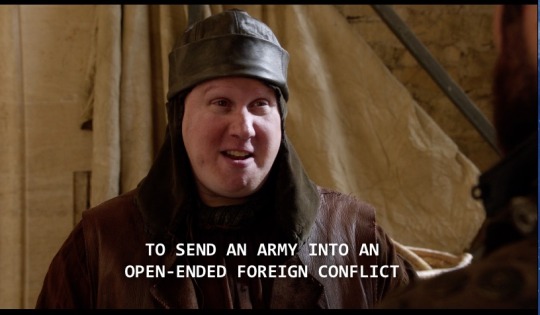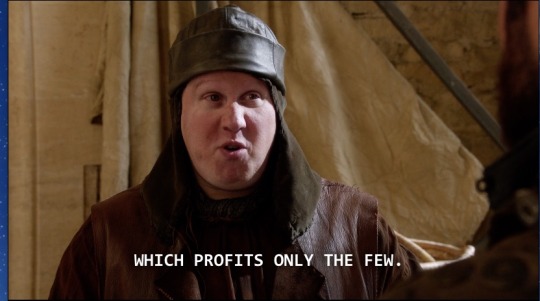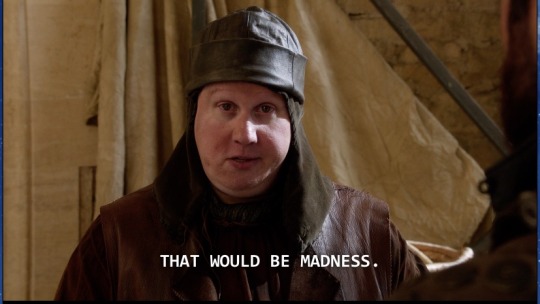She/Her, 20s, transfem, plural, kinky lil freak. Mostly run by Krys (host), but not exclusively. Personal tags are despair.irl (Krys), despair bitch (Junko), Zaedelposting (Zaedel), Cherrypops (Cherry), and corpsetalk (Val).
Don't wanna be here? Send us removal request.
Text

Incredible things happening on my timeline
24 notes
·
View notes
Text
Me at transgender Jedi academy: so when do we learn “force feminization”
2K notes
·
View notes
Text
The Weeping Angels are really scary until you realize if any organism sees them they are fucked so they get hard countered by geckos, who don't blink and can see in the dark. If the Doctor strapped like two geckos onto him he'd be fine.
8K notes
·
View notes
Text
there should be a co-op game where one of the characters is a doll who needs to have her key wound by another player
512 notes
·
View notes
Text
When I (M29) was a young boy (M7) my father (M35) took me into the city (X167) to see a marching band (M23, M21, M22, F22, M24, M25, F21, M
55K notes
·
View notes
Text
Reblog if your tits are free-use stress balls for any lesbian who needs them
7K notes
·
View notes
Text
how to spot "fake systems." step 1, throw a bucket of ice water on yourself. step 2 its really cold
783 notes
·
View notes
Text
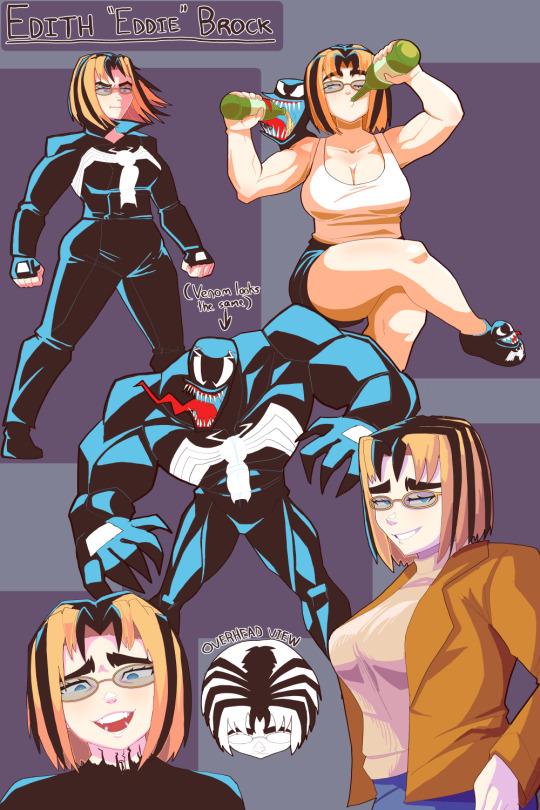
ever since i learned that david michelinie initially conceptualized venom / eddie brock as a woman, i have been haunted by visions. imagine...
131 notes
·
View notes
Note
About the まったり編 - I liked how the episodes of trivial bullshit actually seem to relate to the route's themes (the cage one is especially obvious) and would love to hear your opinion about them
Oh, you picked up on the fact that I had a lot more to say, did you?
I didn't think that we could get more obvious about the themes than the first episode with the milk sippy boxes, but then the cage thing happened lol.
As always, spoiler talk ahead.
Personally I think the conflicts in まったり編 (Living to the Fullest route) echo the larger thematic questions of the game as a whole, and let's chat a bit about why.
Trivial Bullshit Episode 1: How Much Milk Would You Sip From a Carton if a Woodchuck Could Chuck Wood?
Given how the opening scene for this replays during the route and it's directly referenced to the ending where you bluepill and keep watching the shadows on the cave wall while irl bleeding out on the school tennis court, I think this one is especially obvious in how it relates to the ultimate dilemma.
Specifically, that tiny bit of milk in the bottom of the carton represents one's awareness of reality vs the dream state, and the poll question is less about milk and more about how inclined one might be to put forth the effort to get everything they possibly can out of something. The entire route poses the question of what exactly まったり means to the individual: can you say that you're fully living if you retreat into the Lotus-Eater Escapist fantasy? Or could you say that you're living fully if your every waking moment is besieged by anxiety and fear regarding your very survival?
Fully drinking or not drinking the milk could be argued to represent either stance: going to the last drop takes effort and "sacrifice" (low stakes, to be sure, but in this context "looking stupid" can be read as sacrifice all the same), but it also posits that you should squeeze meaning from every moment, important or not; leaving a tiny bit of milk behind requires that the drinker makes peace with letting things go if they feel they aren't worth it, and whether reality or the dream "isn't worth it" is a matter of perspective.
What this means ultimately is that the question, while seemingly very telling about someone's outlook on life, doesn't actually give much concrete information at all about their character, since there are other equally valid lines of reasoning they could employ. This is most obvious with Ginzaki subverting Sumino's expectations by empathizing with the leftover milk and seeing drinking it as an act of violence rather than assigning value, but I think it's also relevant to Aotsuki's case. His answer is clearly engineered to help Sumino (presumably for personal gain by invoking gift-giving/favor culture, but we have no confirmation either way), and we have no clue if he's lying through his teeth or not. If I'm remembering correctly, I think he even brings up that someone might not even be consistent in how they drink milk, which throws another possibility into the mix and torpedos the poll premise entirely.
So we've established that the milk drinking could easily represent both choices at the end, regardless of which actual camp one falls into, but what does this say about the entire game?
For me, the rejection of binary choice in favor of a richer, more varied range of possibilities is pretty significant for a very large and labor-intensive Choose Your Own Adventure narrative. I haven't watched the interview from the team yet about their thoughts on how they approached the game's structure and central premise, but clearly Hundred Line was intended to push beyond the usual boundaries of a multi-route, multi-ending game. It feels like they wanted to go beyond just Good End vs. Bad End ideas and roll around in the weeds a bit.
So did they drink every last drop and get everything they possibly could out of this premise? Or did they have to leave a bit behind in the bottom of the carton because of budget or time restraints?
Food Milk for thought.
Trivial Bullshit Episode 2: The Case of the Freaky, Potentially Bisexual Sock Thief
This one is slightly more subtle, though hardly inscrutable. The central premise here is that there's someone stealing socks, there are no leads on who it could be, and Aotsuki tells Sumino that what he sees isn't necessarily what is real.
Of course, the "what you're seeing isn't necessarily what exists" part is overtly addressing the dream state, and you could extrapolate out from there about how the more forceful brainwashing is only a single step beyond the constant, low-level indoctrination going on in the background of the entire Tokyo Danchi culture, rather than a huge leap.
I feel like Aotsuki's intention here with this part is to urge Sumino and the player to look more closely at what is being presented to them, and critically question it. There's a war going on; why are you putzing around, worried about missing socks?
Naturally, the sock thief could only have been Eva, because the supplementary theme of this part (and just as important to the themes of the game overall), is that she is only guilty of trying to adapt to and adopt humanity's culture.
Here it's silly and funny--some people's socks get ruined, and she violates a boundary she wasn't aware existed, but ultimately it was in service of trying to "shit let's be santa" and make everyone happy. Annoying maybe, but ends in a laugh. Representative of the classic culture clash whoopsie that happens often in our world but would be less common in this universe as everyone was raised in a monoculture without any other influences.
However. In the larger narrative, Eva and her fellow Captains aren't doing low stakes stuff like this, they're meeting humanity's violence with similar tactics. Several Captains (Eva included) have expressed frustration over why the humans have started the war, and I still firmly believe that the player's side is the imperial, colonist force in this conflict.
This section of the route isn't just about a silly misunderstanding and confusing regular socks for Christmas stockings, it's about the fact that Veshnis, with all of her selfishly driven, blasphemous actions, could very easily and justifiably point to us and go "I learned it from watching youuuuuuu!"
Trivial Bullshit Episode 3: Cards Can Be Used to Play Many Different Games, Actually
Yakushiji's Rocky-esque poker clash with Omokage is probably the least obvious in how it relates to the themes of まったり編 and Hundora overall, but they're still solidly there.
The core lesson here is that Yakushiji perseveres not by totally changing himself, but by finding unique ways to alter the situation to his benefit. Because Omokage says that they'll settle their bet with cards, and not poker specifically, Yakushiji is able to change the game to Old Maid, where he has a better chance of success.
This is the idea behind guerrilla warfare--when you are outmatched in a head-on battle, you utilize anything you can to your advantage, be it terrain, weather, biological warfare, etc. It still requires some level of skill, which is represented by Yakushiji developing a better pokerface, if not a good one. It also requires some measure of luck, which cannot be downplayed.
We're not going to get too deeply into the role luck plays in the larger Kodaka-verse, because I'm talking too much already, but I will refer to the Magnus Archives episode "Cheating Death", where the statement giver outright says that when playing a game against Death, you should always, always go for games of chance if you intend to win. Even though luck still usually bends in favor of Death, it's more favorable than battling using straight skill.
I think these elements are significant because in most Kodaka-related properties, luck as a concept seems to represent the randomness of the universe: the unpredictable. In a story that's heavily focused on making decisions based on available information, luck is a huge enemy to the protagonist. Look at how unsettled Sumino got when he no longer knew exactly what would happen next, despite these changes being the explicit purpose of returning.
(Am I saying that Sumino is taking a similar position in this narrative as Junko does in DanRon? In a way, I guess. I think there's a few very significant differences between them, chief among them being that I think Junko desperately wants to be on a level playing field with her "inferiors" and therefore embraces the possibility of defeat, while Sumino does Not, but yeah I think you could argue that both Sumino and Junko are similar in that their "plans" can be undone by random chance.)
The fact that luck is bending in Sumino's favor the entire duration of the route is part of what should be giving it away that he's not in reality. I also wouldn't be surprised if chance still persists as a major theme throughout Hundora as a whole, and is key to getting to whatever True Ending there might be. As Veshnis gets stronger, the more important luck becomes.
Anyway, getting back to my original point before you all scream "DIGRESSION!" at me, I think the idea of Yakushiji being able to succeed by cooperating with Eva (the outsider) and thinking beyond the boundaries that are unconsciously put in place is part of the "looking beyond just what you see" motif.
I also think that this ties in with the meta themes about art, and sharing art with others, that the game has going on. Cards are just a tool used for any number of games. The the assumption that the characters would play poker with them is just that: an assumption. The medium should never be the primary dictator of artistic decisions, because you as the artist can lean into those limitations, or break them entirely, and get something much more satisfying and memorable.
(You will never convince me that V3 was not about Kodaka feeling creatively hemmed in, and Hundora is really not helping to dissuade me. I have Thoughts about the fact that he felt hemmed in and then kept making similar decisions, but let's put that aside for now.)
Trivial Bullshit Episode 4: Nelly Furtado and Billy Corgan are Very Disappointed In You
This one is so obvious that I'll hopefully have less to say about it, but no promises lol. Sumino chooses to put himself inside a cage at Aotsuki's suggestion, and then finds that actually, it's not too bad. He doesn't have to think, he doesn't have make decisions, he can just exist. It's surprisingly great, up until he decides he wants to leave and can't.
One key point is the fact that Aotsuki brings up 住めば都, a phrase similar in meaning to this Dostoevsky quote: "Man is a creature who gets used to everything, and that, I think, is the best definition of him." Even under terrible circumstances, if you live in that state long enough, you can find comfort in the situation.
People are scarily good at adjusting to things. We can hunker down and find a way to survive even in the most appalling of conditions, and while in some ways that's admirable, in other ways it can have some questionable side-effects. Think about how hard change is for most people--how difficult is it to let go of what you know even if you also admit that it's not good for you. On a personal level, we see this all the time: people stay in bad relationships; stick it out at deadend jobs; continue to live in cramped, poorly maintained apartments.
Usually they aren't being overtly forced to do this, but the longer you remain in the status quo, the harder it is to break out of it. The more terrifying change becomes. The more effort you'd have to expend. The more small good points you've managed to cling to to keep yourself afloat you'd have to sacrifice.
The cage in the courtyard, aside from representing the dream itself as comfortable and less complicated but a prison regardless, also stands in for the Academy itself and the culture that spawned it. Aotsuki mentions that Sumino is the one who is trapped inside while he's the one who is free, which Sumino interprets as himself being stuck in the dream state and Aotsuki having escaped, but it seems to refer to the deeper way in which Sumino blindly trusts Sirei and the authority he represents, whereas Aotsuki actively fights against it. At no point has Aotsuki ever been on the side of bringing The Plan to fruition, and he claims to know the "truth" of the conflict (which, again, I feel pretty confident in saying is because humans are the invading presence).
In short, Aotsuki is woke in the original sense of the term, and Sumino is still snoozing, being a good little patsy for The Man.
It's less about being imprisoned by external forces, but instead more about the subtle ways in which all of us turn away from the truth to enjoy comfort. We've examined what that can look like on a personal level, but what about on a macro scale?
What does it mean to reside in the Imperial Core, where you can hear Veshnis's threats, but she never harms you directly? Does it mean that you're justified in wanting to ensure the annihilation of everyone on her side? Should you have to see the carnage yourself, or should you be able to handwave the defeat away off-screen and focus on your own happy ending?
As a quick aside, I think it's also significant how Sumino discovers the joy of storytelling while in gay baby colonist invader jail. His conversation with Aotsuki where they have a little playground duel about whose OC is can beat up the other is funny and cute, but their creations are ultimately juvenile and don't express much about either of their thoughts, feelings, or views on the world. (Such is the nature of powerscaling arguments.) One might read this as an indication that putting oneself in this cage of comforts, of embracing blind trust in authority, hampers one's ability to create meaningful art. There's nothing wrong with enjoying creation for its own sake in a shallow way from time to time, but what happens when the alarm goes off and you now want to leave?
In Conclusion
まったり編 (the Living to the Fullest route) introduces a lot of interesting questions for the player to consider not just in the context of the route itself, but about Hundred Line in its entirety.
I keep seeing people joking about not being able to talk succinctly about what Hundora is "about", but I honestly don't think it's that hard? Like, the lyrics of Rumble are largely in English, guys.
There's three core themes:
Think critically about the world and your place in it: don't just trust what those in power tell you at face value; re-examine your beliefs using new information and other perspectives; act after having carefully considered your stances; etc.
Creative expression is essential to humanity: make art you want to make, not just focusing on what will be popular or sell well. Good art isn't always palatable. It takes work and sacrifice, but it's worth it.
The world may be pretty fucked; do something about it.
Am I wrong? Like sure I have a lot more to see in the game, but I feel like these themes have come up and been reinforced consistently the entire time. Maybe people are hearing "what's the game about" and thinking of it as "please give me a succinct plot summary."
Anyway, I'm so sorry, anon. Hopefully my rambling made sense.
P.S. The word まったり often makes me think of the Ojarumaru opening song lol. Pretty sure that's how I learned the word initially.
P.P.S. I'm a "drink to the last drop" type of person, because like 50 ml or however little they give you with school lunch is Not Enough, so when I was still teaching, you know I'd be up there doing janken to win another carton.
29 notes
·
View notes
Text
Actually speaking of Kako (and Ima):

This is 100% the Tsukumo family, right? Like that little girl has the same hair, color scheme, and even mannerisms (holding up her fists in excitement) as Kako.
If true, follow up question: why does Ima go on to dye and style his hair to look like his mom?
15 notes
·
View notes




